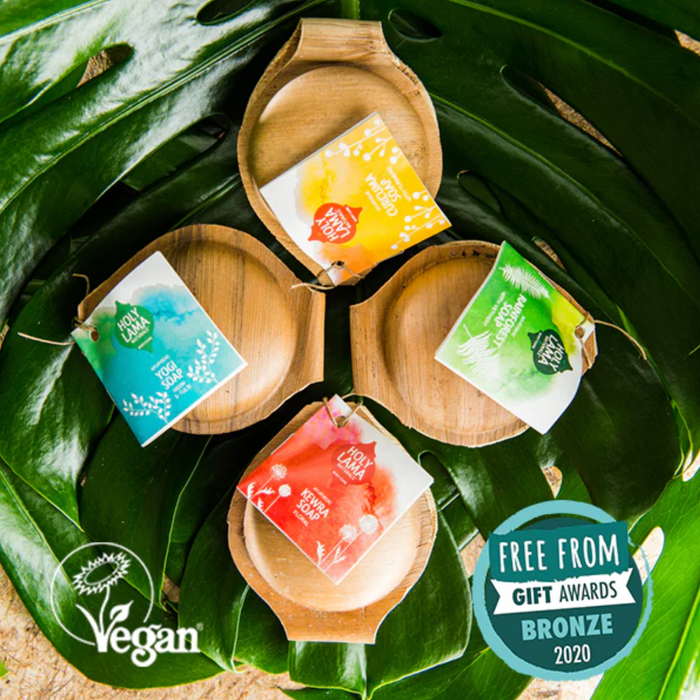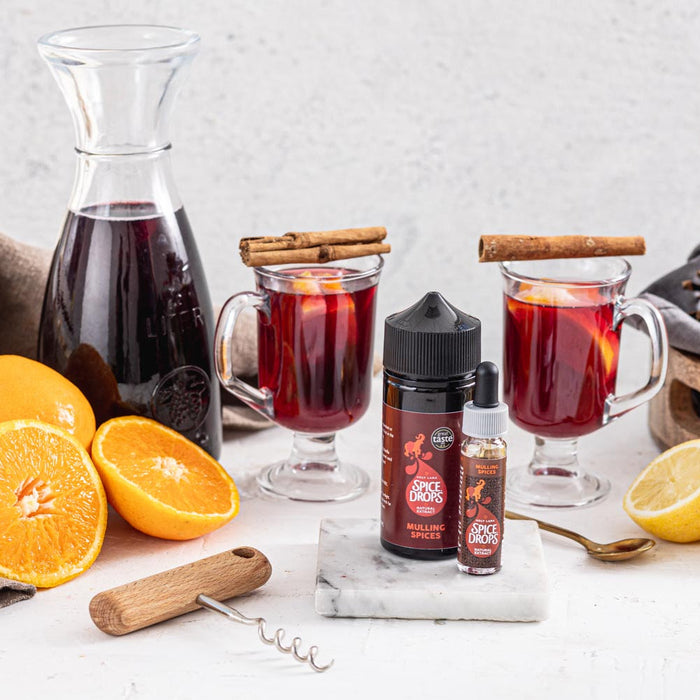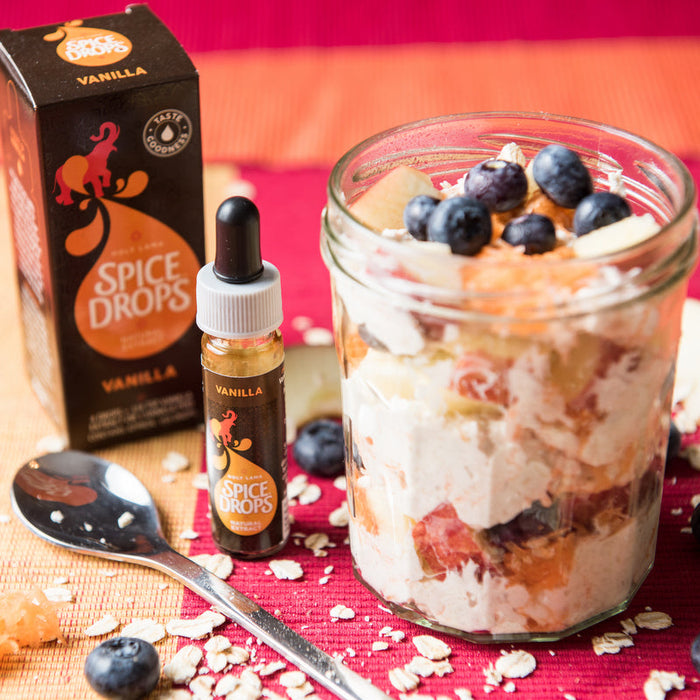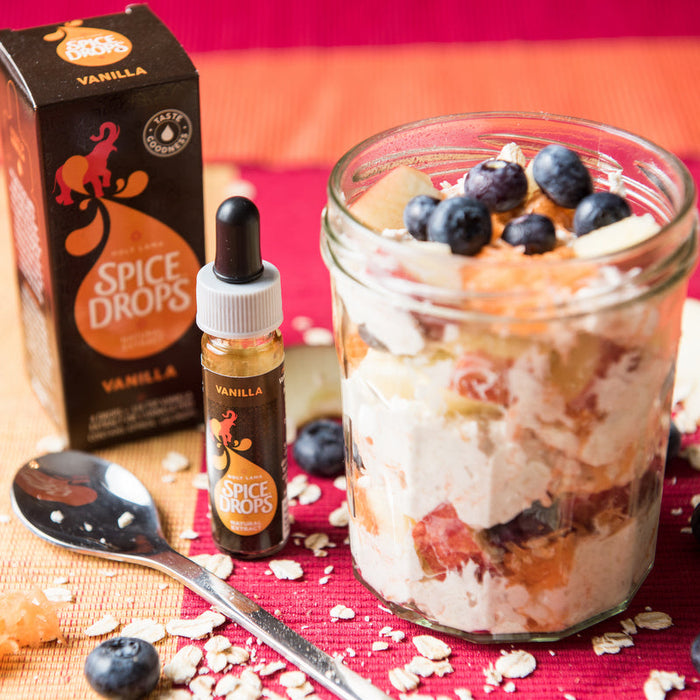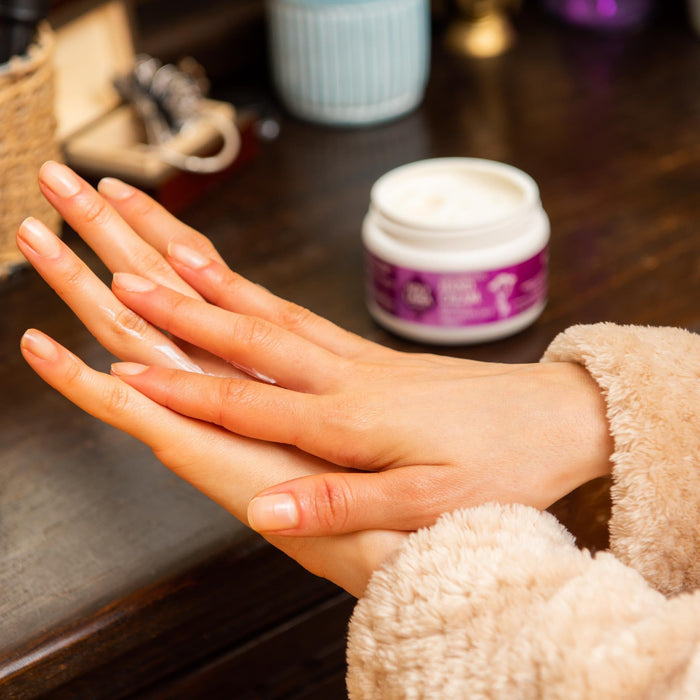Guest post by Victoria Slater
First of all I would like to say a big thank you to Holy Lama for inviting me to write a guest post. The team was intrigued when I shared my love for cardamom, and how I was trying to grow it at home with other herbs.
Having been introduced to Holy Lama’s products by my good friend in India, I am delighted to have been asked to write a post on cardamom.
The smell of cardamom is heavenly to me. I love to make in into a tea, using jaggery as the sweetener. Over the years, I’ve tried many spices and herbs and love experimenting with different combinations in dishes which I usually put together without the aid of a recipe book, Most turn out amazingly well, although, of course, there are a few failures!
I prefer to use natural remedies for ailments for myself and my family, but I always read up on each treatment and ingredient to determine any possible side effects and whether it’s safe.
Although I am not vegan or vegetarian, I have a keen interest in what herbs, spices, plants, fruits and vegetables can do for the body when consumed raw or cooked.
I have also been trying to grow cardamom here in the UK, although thus far my experiments have been in vain. But I shall keep trying, starting it off indoors, although I’m not sure it will survive the British climate for long if put outside.
Cardamom is one of the more popular aromatic herbs used today; its seeds adding a uniquely sweet quality to many popular commercial beverages and other products. This botanical has been enjoyed in its native India for thousands of years in a wide array of dishes, desserts and beverages, and, in Scandinavia, was so revered that, following the opening of trade routes between the two regions, it quickly came to define the flavor of many traditional Nordic breads and sweets.
Cardamom can also be used in candles, soap, aromatherapy and incense.
It has a subtle scent and flavor that’s mildly spicy, nutty, aromatic, sweet and woody. In alternative medicine, cardamom is used to remedy heartburn, intestinal spasms, irritable bowel syndrome (IBS), constipation, liver and gall bladder complaints and loss of appetite. It can also be used in the treatment of the common cold, coughs, bronchitis, sore mouth and throat, depression, and dental problems.
Some use the spice as a stimulant for urinary problems; the chemical properties of cardamom that treat these conditions increase the movement of food through the intestine. And it is believed to be ideal for detoxifying the body
The appropriate dosage of cardamom is not precisely known – a person’s age, their health, current prescribed medication and other conditions should be taken into consideration when using it in home remedies. Natural remedies can be potent, so dosage is important, and they are not always safe. It’s always advisable to speak to a doctor or pharmacist before using any home-made treatment.
Special precautions and warnings
If you are pregnantor breast-feeding, note that there is an insufficient amount of reliable information about the safety of taking cardamom in medicinal quantities, sostay on the safe side and stick tosensible culinary amounts. Gallstone sufferers should avoid cardamom in amounts greater than those typically found in food, as the seeds can trigger gallstone colic (spasmodic pain).
Below is my own adaptation of a lovely recipe from one of my favorite recipe books, Anjum Anand`s‘Indian Vegetarian Feast’, in which I’ve substituted the cardamom, rose and sugar with Holy Lama Spice Drops® and jaggery.
CARDAMOM, ALMOND & ROSE LASSI
A fragrant and delicate lassi, delicious at any time of the day and with any Indian meal.
Serves 4
INGREDIENTS
- 600 g yoghurt (not too sour)
- 500 ml semi-skimmed milk
- 24 blanched almonds
- 4 drops Cardamom Spice Drops® (or to taste)
- 2-3 drops of Rose Spice Drops®(or to taste)
- 4-5 tbsp jaggery (or to taste)
- handful of crushed ice, or a few ice cubes
- organic rose petals, to decorate (optional)
METHOD
8. Blend the yoghurt, milk, almonds, cardamom, rose water and sugar together until smooth. You may need to do this in two batches, to avoid overloading the blender and splattering the kitchen.
9. vide the ice and rose petals (if using) between four serving glasses, then pour in the lassi and serve.
